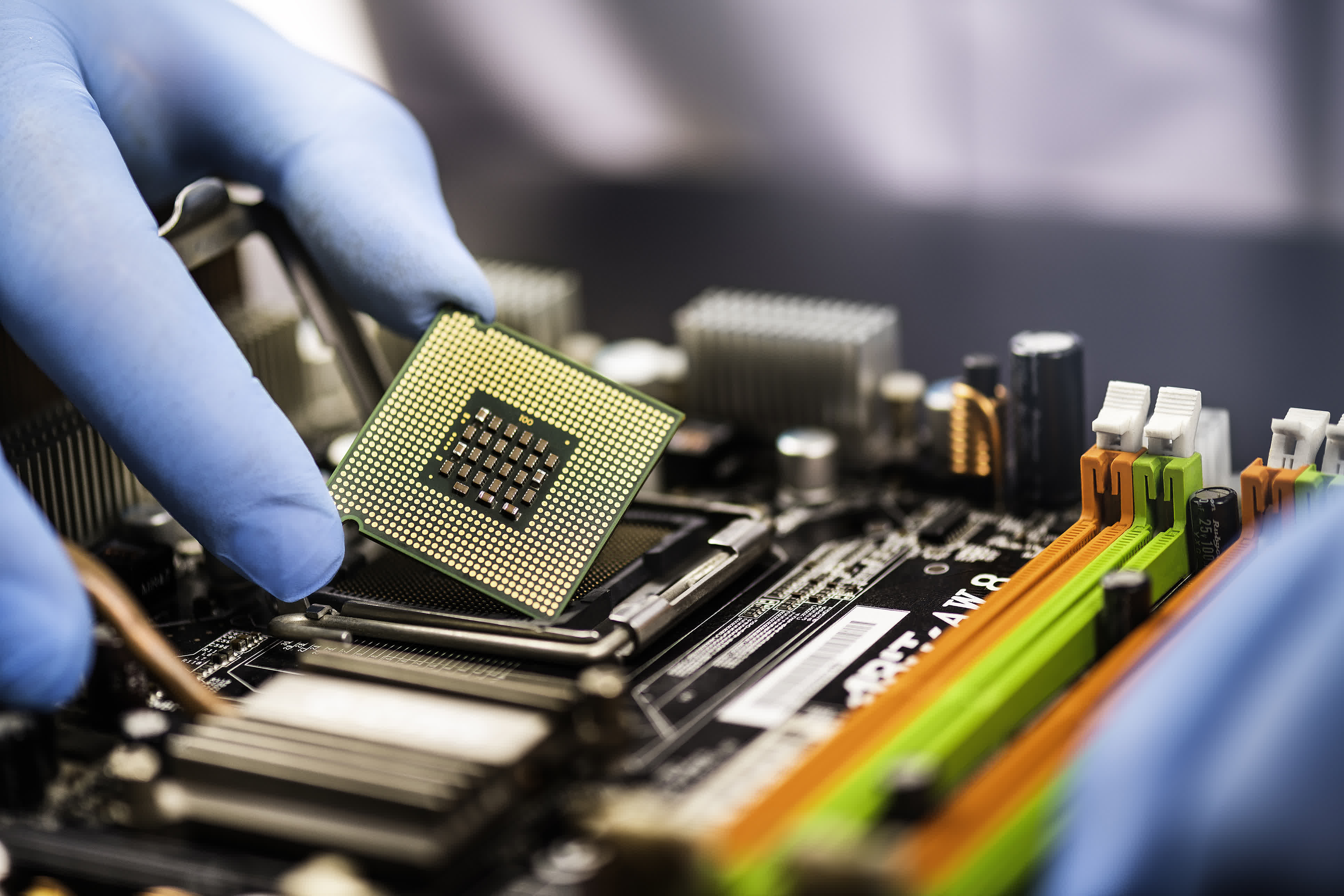[ad_1]
What would you call a semi company that specializes in mixed-signal chips produced on trailing edge manufacturing processes? Those familiar with the industry would say that is an analog semi company. By that same definition, maybe we should think of GlobalFoundries as just another analog chip company.
A long-time friend pointed this out and we think it is worth exploring because it helps us not only understand GlobalFoundries’ prospects, but also how we think about industry definitions.
At first blush, this equivalence does not make sense. GlobalFoundries is a foundry, manufacturing chips for third parties. Analog companies like Texas Instruments design their own chips and sometimes manufacture them as well.
Editor’s Note:
Guest author Jonathan Goldberg is the founder of D2D Advisory, a multi-functional consulting firm. Jonathan has developed growth strategies and alliances for companies in the mobile, networking, gaming, and software industries.
The whole world has spent the past three years learning the difference between fabless and foundry companies. When we appear on podcasts, this is usually the first point we make. But dig a bit deeper and the similarities start to appear.
Both companies actually manufacture similar chips, or at least chips that end up in similar end markets – industrial, automotive, wireless infrastructure, etc. And all those chips perform just fine on trailing edge processes. GlobalFoundries got off the Moore’s Law treadmill at 16nm, and most of Texas Instruments’ chips use even older processes. This is the analog domain and analog signals do not scale the way digital processors do, so mature processes work just fine most of the time.
People will argue that GlobalFoundries does not have chip designers, a major capacity that is totally unstaffed. This is true, except, fabless analog companies tend to work much more closely with their fab operations. There is a lot more scope for back and forth, so while GF is not really talking to end-customers, they end up doing a lot of the design work.

So the two companies are not identical, but they are fairly similar. They manufacture similar products for similar end markets and sit in similar places in semis processes. Going forward, it probably makes sense to think of GlobalFoundries as an analog company. For GF, that likely means its future rests on convincing some of the smaller analog companies to outsource their production to GF and forego capacity expansion.
Theoretically, GlobalFoundries could even start working directly with end customers. We know they signed a deal with Ford during the capacity crunch, but from what we can tell that is not exactly a well-reasoned endeavor with clear strategic end goals. But it is not impossible for them to go down this path.
We are probably going to see a lot more blurring like this. Once upon a time, semis companies all did their own manufacturing. And while there are still many reasons why leading edge fabs will be built by foundries ($20 billion reasons, per plant), for everyone else the economic case for splitting the two needs to be rethought.
The recent capacity shortages woke a lot of people up to that reality. With Moore’s Law no longer working at full throttle, many companies will start to consider building up manufacturing as a core competency once again. The pendulum is never going to swing back all the way and eclipse the fabless model, nor is the pendulum standing still.
[ad_2]
Source link
